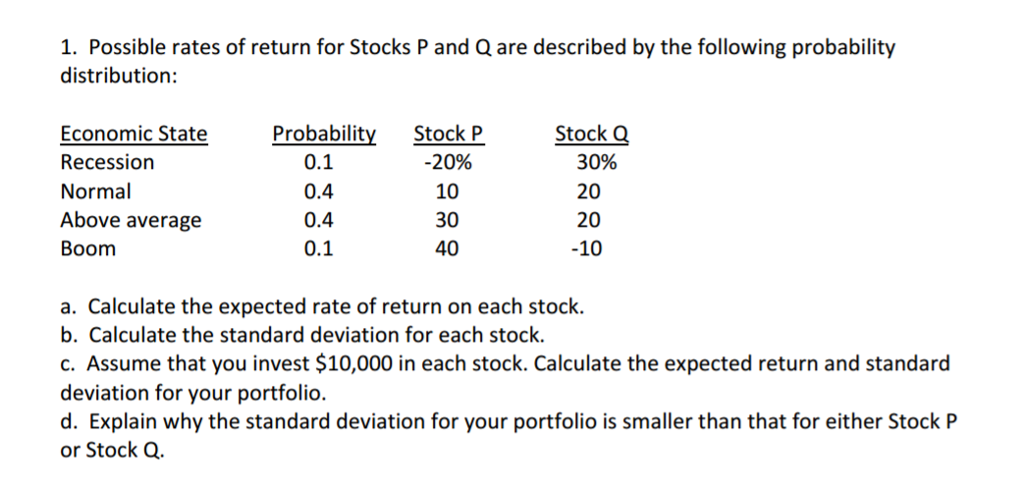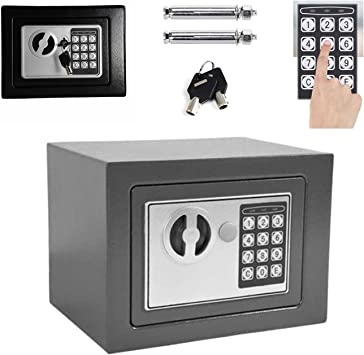
Capital One Platinum Secured Cards
Capital One Platinum Security Card is a good choice for anyone with bad credit. This card provides Platinum MasterCard benefits including extended warranties on purchases, rental insurance and price protection. You'll also receive roadside assistance 24/7.
To qualify for this credit card, you must have a monthly income that is at least $425. There is a minimum security deposit of $49-$200 required to open the account. After that, you can build your credit line by making regular payments and maintaining a clean credit report. After six months of regular payments, you will automatically be eligible for a credit limit increase.

Capital One Platinum Secured card may be the best choice for you if your credit is improving and you are unsure whether to apply for a bad credit credit card. This card has no foreign transaction fees and no annual fee, making it a great option for those who don't have much credit history. The security deposit required to obtain this credit card is lower than for secured cards. This card also reports directly to the three main credit bureaus. This is a great benefit for when you need to use credit to buy.
OpenSky Secured Visa Secured Visa Credit Card
The OpenSky Secured Visa is a great option if you are looking for a secured card for people with poor credit. You don't need to have a credit history and there are many other benefits. This card is ideal for people with bad credit. The APR is lower and the credit limit is higher than average. The card can be applied for with a valid Social Security #, which is great for those with poor credit.
When you apply for an OpenSky Secured Visa Credit Card, you'll need to make a $200 deposit. This is a smaller security deposit than some competitors. You can increase your credit limit if you use your card frequently by making another security deposit. OpenSky doesn't provide any information on the processing time or whether you will be notified by email or letter.
PayPal Prepaid Mastercard(r)
PayPal Prepaid Mastercard is a great option if you're unable to obtain a credit card. It offers many benefits, including a 5.00% annual percentage yield and a savings account linked to your PayPal account. Cash can be spent anywhere you can get a creditcard. No credit check is required. Before you apply, however, it is important to be aware of the fees involved.

PayPal Prepaid Mastercard is a prepaid credit card that NetSpend offers. It's based in Austin. For the card to be used, users will have to pay a $4.95 monthly fee. This fee is not applicable to cash advances. ATM fees are another charge. MoneyPass Network ATMs waive their monthly fee.
FAQ
Can I get my investment back?
Yes, it is possible to lose everything. There is no guarantee that you will succeed. There are however ways to minimize the chance of losing.
One way is diversifying your portfolio. Diversification helps spread out the risk among different assets.
Another option is to use stop loss. Stop Losses allow you to sell shares before they go down. This reduces the risk of losing your shares.
You can also use margin trading. Margin Trading allows the borrower to buy more stock with borrowed funds. This increases your chance of making profits.
How can I manage my risk?
Risk management means being aware of the potential losses associated with investing.
A company might go bankrupt, which could cause stock prices to plummet.
Or, the economy of a country might collapse, causing its currency to lose value.
When you invest in stocks, you risk losing all of your money.
It is important to remember that stocks are more risky than bonds.
You can reduce your risk by purchasing both stocks and bonds.
This will increase your chances of making money with both assets.
Spreading your investments among different asset classes is another way of limiting risk.
Each class has its own set risk and reward.
Stocks are risky while bonds are safe.
So, if you are interested in building wealth through stocks, you might want to invest in growth companies.
Focusing on income-producing investments like bonds is a good idea if you're looking to save for retirement.
What are the different types of investments?
There are four main types: equity, debt, real property, and cash.
You are required to repay debts at a later point. It is typically used to finance large construction projects, such as houses and factories. Equity is when you purchase shares in a company. Real estate refers to land and buildings that you own. Cash is the money you have right now.
You are part owner of the company when you invest money in stocks, bonds or mutual funds. Share in the profits or losses.
How long does it take to become financially independent?
It depends on many variables. Some people are financially independent in a matter of days. Others take years to reach that goal. It doesn't matter how much time it takes, there will be a point when you can say, “I am financially secure.”
The key to achieving your goal is to continue working toward it every day.
Statistics
- As a general rule of thumb, you want to aim to invest a total of 10% to 15% of your income each year for retirement — your employer match counts toward that goal. (nerdwallet.com)
- Over time, the index has returned about 10 percent annually. (bankrate.com)
- 0.25% management fee $0 $500 Free career counseling plus loan discounts with a qualifying deposit Up to 1 year of free management with a qualifying deposit Get a $50 customer bonus when you fund your first taxable Investment Account (nerdwallet.com)
- Some traders typically risk 2-5% of their capital based on any particular trade. (investopedia.com)
External Links
How To
How to properly save money for retirement
Planning for retirement is the process of preparing your finances so that you can live comfortably after you retire. It's the process of planning how much money you want saved for retirement at age 65. Consider how much you would like to spend your retirement money on. This includes hobbies, travel, and health care costs.
It's not necessary to do everything by yourself. A variety of financial professionals can help you decide which type of savings strategy is right for you. They'll look at your current situation, goals, and any unique circumstances that may affect your ability to reach those goals.
There are two main types: Roth and traditional retirement plans. Traditional retirement plans use pre-tax dollars, while Roth plans let you set aside post-tax dollars. It all depends on your preference for higher taxes now, or lower taxes in the future.
Traditional retirement plans
A traditional IRA allows you to contribute pretax income. If you're younger than 50, you can make contributions until 59 1/2 years old. If you want to contribute, you can start taking out funds. The account can be closed once you turn 70 1/2.
You might be eligible for a retirement pension if you have already begun saving. These pensions can vary depending on your location. Many employers offer match programs that match employee contributions dollar by dollar. Others provide defined benefit plans that guarantee a certain amount of monthly payments.
Roth Retirement Plan
Roth IRAs do not require you to pay taxes prior to putting money in. You then withdraw earnings tax-free once you reach retirement age. There are however some restrictions. For example, you cannot take withdrawals for medical expenses.
Another type of retirement plan is called a 401(k) plan. These benefits are often offered by employers through payroll deductions. Extra benefits for employees include employer match programs and payroll deductions.
401(k), plans
Most employers offer 401k plan options. They allow you to put money into an account managed and maintained by your company. Your employer will automatically contribute a percentage of each paycheck.
The money you have will continue to grow and you control how it's distributed when you retire. Many people take all of their money at once. Others may spread their distributions over their life.
Other Types Of Savings Accounts
Other types are available from some companies. TD Ameritrade has a ShareBuilder Account. You can also invest in ETFs, mutual fund, stocks, and other assets with this account. In addition, you will earn interest on all your balances.
At Ally Bank, you can open a MySavings Account. You can deposit cash and checks as well as debit cards, credit cards and bank cards through this account. You can also transfer money from one account to another or add funds from outside.
What next?
Once you've decided on the best savings plan for you it's time you start investing. Find a reputable firm to invest your money. Ask family and friends about their experiences with the firms they recommend. Check out reviews online to find out more about companies.
Next, decide how much to save. This step involves determining your net worth. Net worth can include assets such as your home, investments, retirement accounts, and other assets. It also includes liabilities such debts owed as lenders.
Divide your net worth by 25 once you have it. This number is the amount of money you will need to save each month in order to reach your goal.
For example, if your total net worth is $100,000 and you want to retire when you're 65, you'll need to save $4,000 annually.